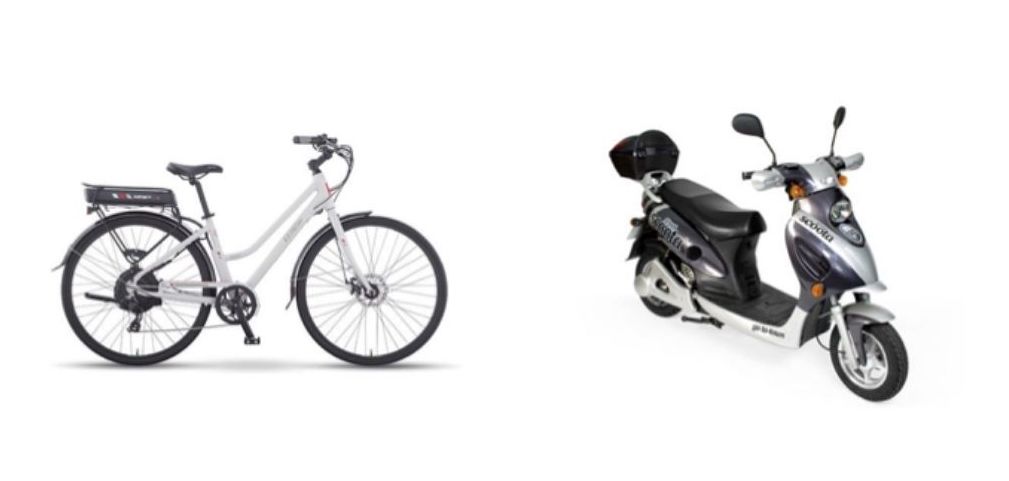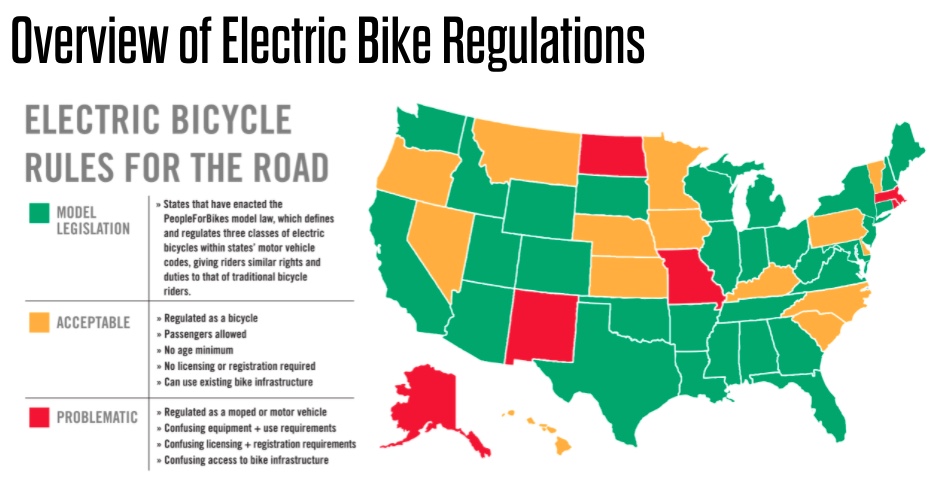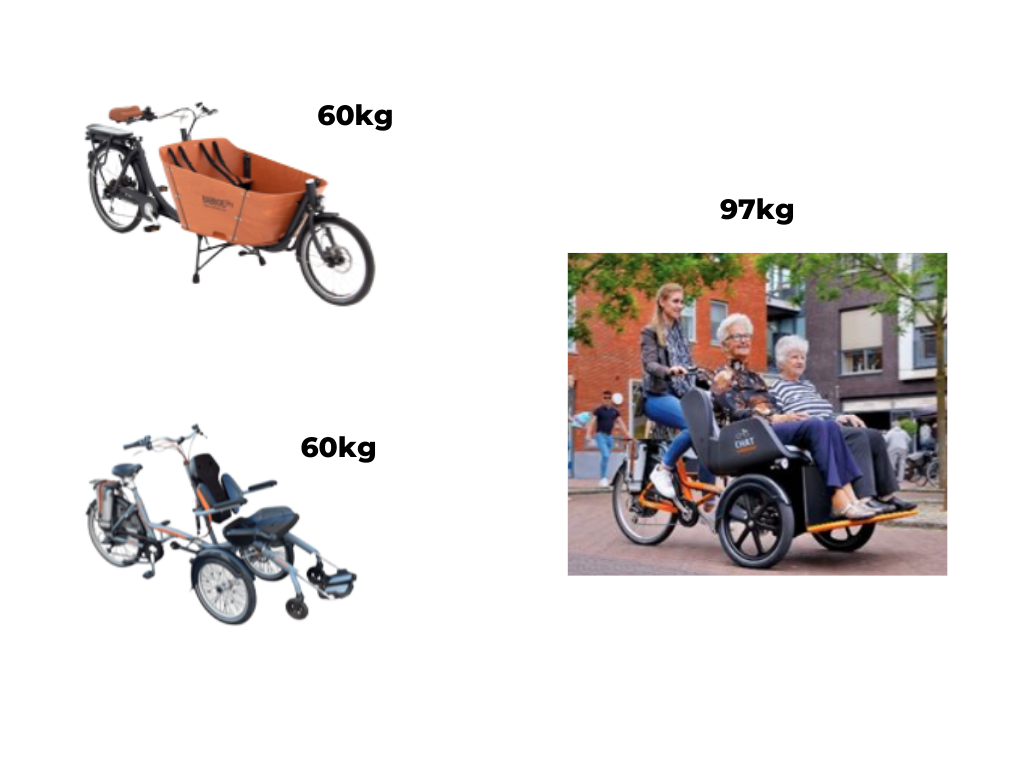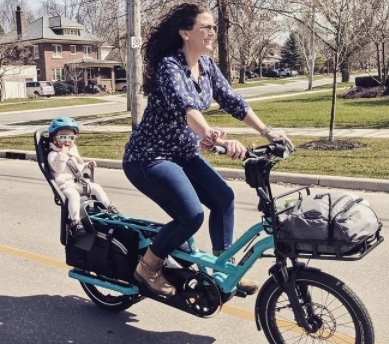Photo courtesy of @LdnOntBikeCafe on Twitter
On Friday, May 7th I delegated to Ontario's Standing Committee on General Government about the e-bike definitions included in Bill 282. I've been fortunate to be coordinating with an engaged group of retailers and organizations to communicate concerns and opportunities related to what has been proposed.
For reference, the proposed definitions for power-assisted bicycles can be viewed online here, starting on p.6. There have been changes to the proposed definitions since the Ministry of Transportation consulted on this topic through the Environmental Registry in November 2020, including the 55kg weight limit for pedal assist bicycles.
Below are the speaking notes from my delegation.
---
Power-assisted bicycles, or e-bikes for short, are increasingly popular. Studies from around the world, and right here in Ontario, tell us that e-bikes have the potential to help more people cycle longer, further and for more trips. Having access to an e-bike can help address common barriers to cycling such as hills, carrying cargo, distance and keeping up with friends, and they can serve as a mobility aid for people with disabilities.
It has been over a decade since meaningful updates were made to how we regulate e-bikes in Ontario, so I am glad to see this being addressed.
Up until recently, Ontario had been using the federal definition of e-bikes, which was repealed earlier this year. This definition was broad enough to include both bicycles with an electric assist, as well low-speed electric motorcycles, which are commonly known as mopeds. As a result of this broad definition, many of the provincial regulations and municipal by-laws for e-bikes have been more focused on restricting where mopeds can go and how they can operate, than on increasing access to e-bikes.

Both considered "power assisted bicycles" under former federal definition as long as the device has operable pedals
I am glad that the Province is seeking to more clearly distinguish between these different types of vehicles. This is an essential step that will help municipalities and trail operators create clearer and safer rules about where e-bikes and mopeds can operate.
Although municipalities have always had the ability to make the distinction between different types of e-bikes, very few have done so to date. And those who did often chose differing language and criteria. For example, while Peterborough distinguished between where bicycle-style e-bikes and scooter-style e-bikes could operate, Toronto implemented a distinction between pedal-assist e-bikes and power-assist e-bikes.
The lack of distinction and clear language at the provincial and federal levels has been a challenge. As noted, most municipalities did not take the step to officially distinguish between different types of e-bikes and ended up banning them altogether on trails, usually in an effort to keep larger, faster moving mopeds off of shared-use trails. This is a barrier to people who use e-bikes to expand their mobility options and participate in essential outdoor exercise.
Your action to change this is welcome.
In terms of our next steps, I'd like to see Ontario align itself with the broader e-bike market, rather than create its own set of unique e-bike criteria.
What has been presented in Bill 282 is overly prescriptive and limiting to the potential for e-bikes. The definitions in this Bill seek to create 3 distinct types of e-bikes, but these types are different from the 3-class system that has been adopted by 28 US states, as well as the National Park Service.

States that have adopted the 3-Class system are in green (peopleforbikes.org)
Creating 3 types of e-bikes that are different than the 3-class system already in use across North America will create a lot of unnecessary confusion. If the Province wants to go in the direction of creating 3 types, aligning ourselves with that broader market could help to facilitate trade and tourism, and allow us to learn from and build on the experience of other jurisdictions.
We can also be flexible with how this framework is adopted in Ontario. For example, I know that stakeholders want to see electric mopeds continue to be defined as power assisted bicycles that do not require a license or insurance. We could look at adopting a 4th class here for mopeds, which I believe is what California has done.
The definitions proposed in Bill 282 also include very specific requirements around things like frame design, weight and wheel size that are not reflective of best practices across the United States and Europe, and are not included in the US-based 3-class system.
I know this committee has received multiple submissions from retailers and people across the province outlining how these requirements will limit their access to e-bikes, especially around weight. Many of the e-bikes used everyday by people including seniors, people with disabilities and families weigh more than 55kg. We should not ask them to wait to be able to ride those e-bikes again until their municipalities pass a by-law permitting the new eCargo Bike Pilot Program. And there's of course no guarantee that their specific municipality will elect to participate in the eCargo Bike Pilot to allow their e-bikes over the next 5 years.

Examples of e-bikes that weigh more than the 55kg max
Surveys have shown that the top concern for people about e-bikes is their speed, however, research shows that e-bikes don't travel that much faster than conventional bikes.
In Europe and the US, e-bikes have been found to travel between 1 and 4km/h faster than conventional bicycles. That's not a big speed difference and should not result in them being restricted as a mobility option. Research also shows that infrastructure and street design are actually the main determinant of speed.
I'd like to close once again by emphasizing the challenges associated with adopting our own unique set of definitions for e-bikes here in Ontario. It is unlikely that these specifics will be in line with other jurisdictions here in Canada, in the US or in Europe. This creates trade barriers for retailers looking to import e-bikes. It also creates confusion amongst users and barriers for cycle tourism.
I appreciate that the Province has sought to address some of the longstanding concerns about e-bikes with this Bill, including the creation of distinct types of e-bikes, and getting rid of the Ontario-specific rule that both operators and passengers have to be 16 years of age to ride an e-bike. This is a good step, and I hope that by making a few adjustments to align with the existing market in North America, we can truly move towards a more supportive environment both for the e-bike industry and the growing number of Ontarians riding them.

Me waiting to deliver my virtual delegation to the committee.
For more information on e-bike regulations in Canada, check out the article I wrote in 2020 for the Ontario Good Roads Association's Milestones Magazine.
Model legislation for the US-based 3-Class system is available online here.
More information about Ontario's new eCargo Bike Pilot can be viewed online here.
